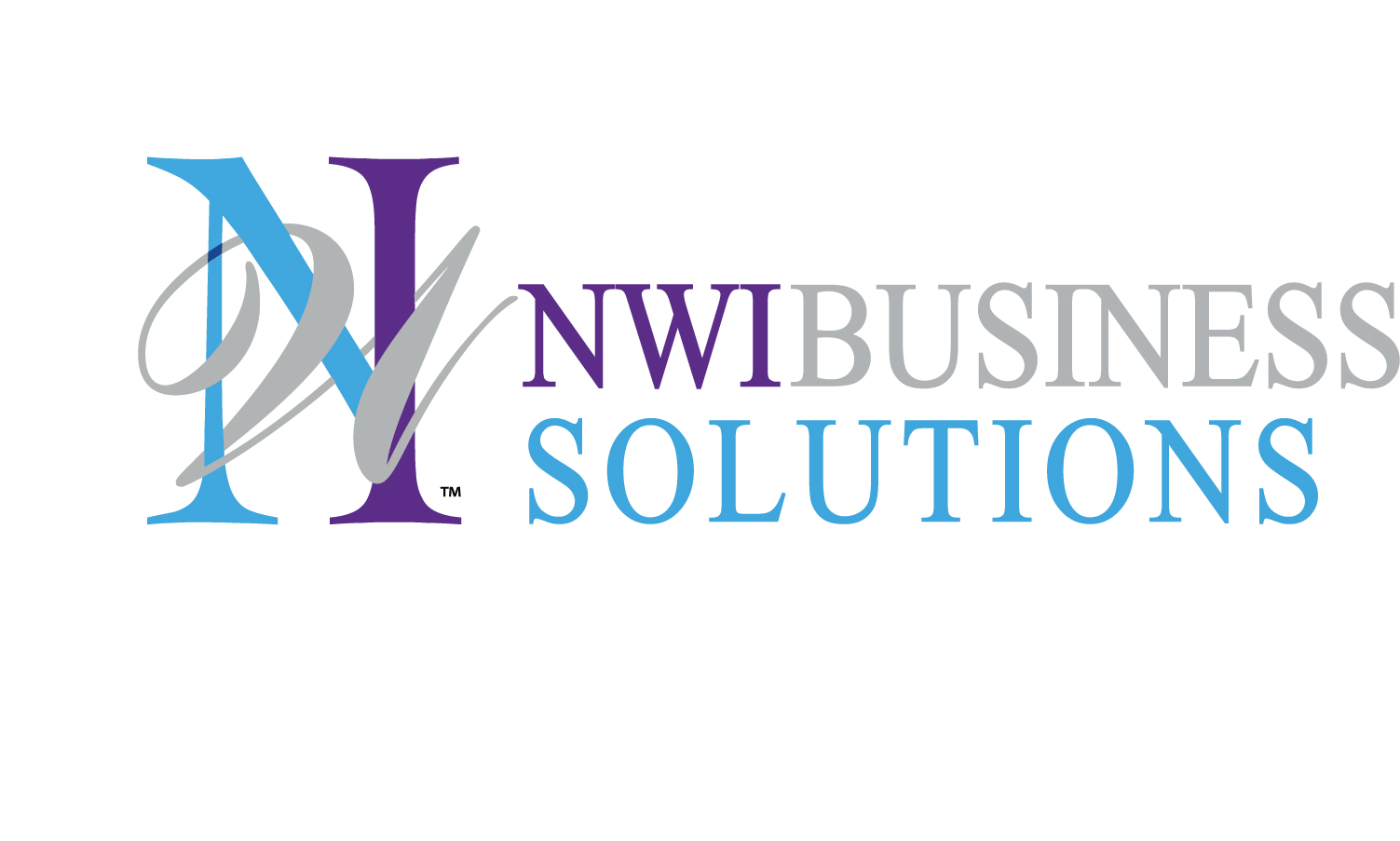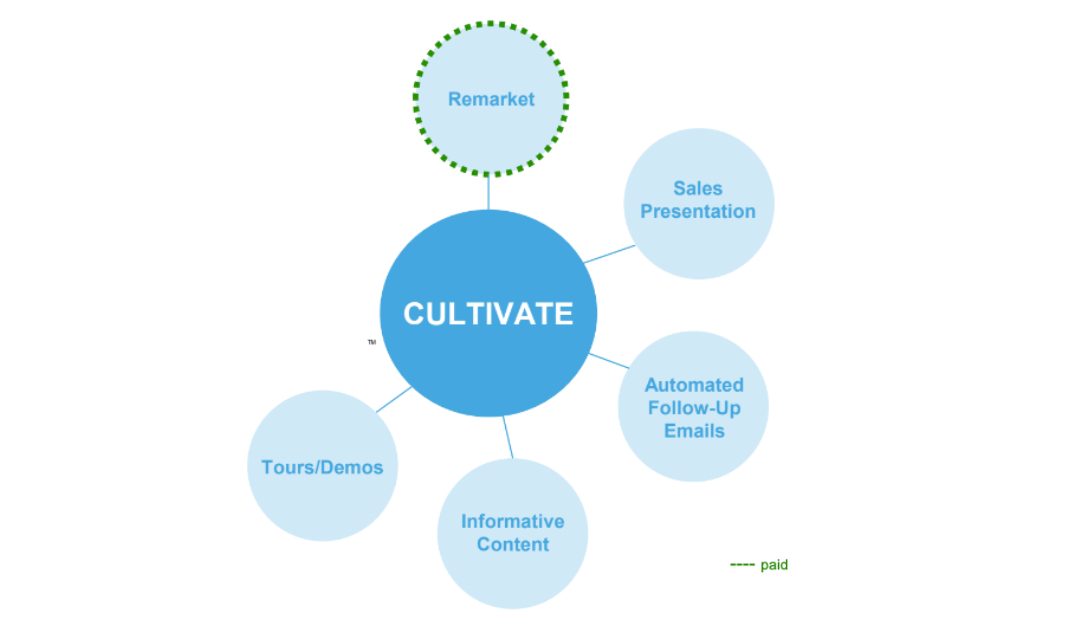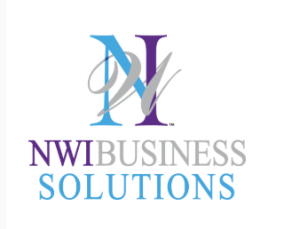Unlocking the Secrets to Success with the NWI Attract-Cultivate-Retain Process™
Building long-lasting client relationships is key to sustained success. Working to Attract new clients is just the beginning, but what happens after that initial connection will truly set successful businesses apart. Without a structured approach to deepen and nurture these relationships, even the best leads can go cold and move on to other sources.
Once you’ve successfully attracted new clients, the next step is perhaps the most crucial in ensuring long-term success: Cultivate those relationships. Building an initial connection is important, the real growth and stability come from nurturing those relationships, keeping your company top-of-mind, and fostering trust over time. This is where the ‘Cultivate’ phase of the NWI Attract-Cultivate-Retain Process™ comes into play, a strategic model I developed to help businesses create and sustain meaningful client interactions and convert leads into business.
In this article, I’ll outline the critical importance of the “Cultivate” phase and share actionable strategies to help you deepen relationships with your prospects and clients.
5 Key Elements to Cultivate Effectively for Business
While there are several ways to reinforce relationships, here are five foundational strategies that I recommend for businesses seeking sustainable growth through client engagement:
Cultivate is a critical step in the NWI Attract-Cultivate-Retain ProcessTM
- Remarketing: Staying Top of Mind
Remarketing is a highly effective way to maintain visibility with potential clients who have already shown interest by visiting your website or engaging with your content. Website remarketing services are important to track when someone lands on your website and leaves. Your company will continue to pop up in their browser feed. Then, by retargeting these visitors through paid ads, you remind them of your offerings and encourage them to take the next step in their buying journey. In addition to paid ads, backlinks (links from other reputable websites pointing to your content) can play an essential role in remarketing. They improve your website’s domain authority and visibility, making it easier for visitors to find your content again through organic searches. These combined efforts ensure that your brand remains in front of potential customers who are closer to making a purchasing decision.
💡 Tip: Use backlinks strategically by partnering with reputable websites to increase organic traffic, which complements your remarketing campaigns.
- Sales Presentation: Building Personal Connections
To Cultivate relationships requires consistent and relevant touchpoints throughout the buyer’s journey. Personal relationship-building activities such as sending custom emails, inviting prospects to specific events, and sharing valuable articles tailored to their challenges can strengthen trust and engagement.
The Sales presentation itself is one of the most critical. Now, you can interact with your buyer(s) instead of them reading the material posted or watching your video. Remember that in today’s digital world, your buyer will have likely already looked up reviews, spoken to others and read up on your company and solution. One technique I use is to always walk the client through the proposal so I can address questions and overcome any objections, instead of only emailing the document. More specifically, the discussion provides real-time insights into areas they love about the offer, where we captured their needs, or any areas that need to be adjusted based on their feedback.
It’s important to have the technology set up to share the document on the screen and practice ahead for a smooth meeting. Be sure to send them a copy either immediately before the call or right after depending on your style and preference. If the client is local and you have a facility – it’s a good opportunity to invite them for a tour and to meet your team. We’ll cover this in more detail on point 5 in this methodology.
Connecting your sales funnel to every marketing initiative, such as email campaigns, social media posts, and lead generation campaigns, allows for a seamless experience for the prospect. Getting to the sales presentation is a crucial step in the process and a way to further Cultivate the relationship.
💡 Tip: Focus on delivering value at every stage of the funnel rather than pushing for a sale too early to build long-lasting trust.
- Email Marketing: Personalizing Outreach and Automating Follow-Up
Email remains one of the most effective tools for cultivating relationships with potential clients, but the key lies in segmentation and personalization. By segmenting your email contacts based on their activity, stage in the customer journey, or specific criteria such as a problem to solve, you can tailor your content to meet their needs. Sending tailored emails ensures that your message resonates with each segment, improving engagement and moving prospects further down the sales funnel.
Where possible, automation can be a game-changer in keeping the process efficient without losing that personal touch. Automated workflows can trigger personalized follow-ups based on a prospect’s interaction with your content. You can continuously add new names to your email lists through lead generation campaigns, ensuring your pipeline stays fresh and full. Be sure to add relevant links strategically into the email (such as referring to a service on your website) to track interest and engagement. Remember that prospects may not be ready for a meeting or discussion, but their activity and engagement such as where they clicked, will help you determine who to focus on.
💡 Tip: Use automation tools to manage segmented campaigns effectively and free up time for more strategic tasks.
- Informative Content: Converting into Sales
Delivering informative, high-value content is crucial to keeping prospects engaged throughout the cultivation phase. Sharing industry-specific articles, case studies, blog posts, and educational resources demonstrates your expertise and helps clients see the value in your offerings. Include content that addresses their specific challenges or positions your company as a trusted advisor/partner
Regularly updating your content and repurposing it in different formats (such as videos, webinars, or articles) ensures that it resonates with various audiences. Providing prospects with the right information at the right time increases their trust in your brand, helping to move them closer to a buying decision. Be sure to incorporate the relevant key words on the topic and for your industry into your content. This is an important step for SEO (Search Engine Optimization) and being discovered by prospects looking for solutions.
💡 Tip: Create a content calendar that maps out the needs of different segments in your email and sales funnel, ensuring that every touchpoint adds value.
- Tours and Demos: Providing a Personalized Experience
Offering tours or demos is an excellent way to give prospects a deeper understanding of your product or service. For companies with physical locations, an in-person tour allows potential clients to experience the company’s operations firsthand, giving a personal touch that can build stronger connections. Software companies can offer virtual demos that showcase the functionality and value of their products from anywhere. These tours and demos provide an opportunity to engage with your prospects in a unique way to further Cultivate the relationship.
This can also provide a way to meet the team and get to know your company better. This simple invitation and experience can accelerate the time to close the sale by answering questions and enabling the client to see firsthand. Be conscious of the amount of time the client has so you can prioritize where to focus.
💡 Tip: Personalize each tour or demo based on the prospect’s needs or industry to make the experience more relevant and impactful.
Overcoming Common Challenges with Cultivate
While cultivating relationships is crucial for long-term success, it’s not without its challenges. One of the biggest obstacles companies face is the tendency to either under-communicate or over-communicate. Striking the right balance is key—to many touchpoints can overwhelm your clients, while to few can leave your company out of sight, and out of mind. It’s essential to find a middle ground that ensures your clients know you’re there without feeling like they’re being bombarded.
“When you build meaningful relationships with your clients, you’re not just ensuring their success—you’re securing the future of your business.” – Heidi Hattendorf, Executive Marketing Strategist and Entrepreneur.
Another common challenge is staying relevant to clients who may not be ready to buy right now but are still important prospects for future deals. During the Cultivate phase, it’s vital to keep these leads warm by offering them valuable, non-sales-focused content and insights. Your goal is to maintain trust and ensure they think of your business when the time comes to buy.
The Importance of a Strategic Approach to Cultivate Client Relationships
The Cultivate phase is an essential step in the NWI Attract-Cultivate-Retain Process™, and by mastering this stage, you set yourself up for lasting success in the marketplace. Focusing on personalized follow-ups, delivering value through content, and maintaining consistency, you set the stage for future growth and success.
At NWI, I often share with my clients, that Cultivating relationships is an ongoing effort. It doesn’t end with the first sale or the initial connection—it’s a continuous process of engagement, learning, and adapting to your client’s evolving needs.
Let’s discuss how to apply this to your opportunities. Connect with us here to review your business goals and how we can help.
This article is authored by Norine Wiebmer, president and CEO of NWI Business Solutions, where she helps companies grow by fostering strong relationships and leveraging strategic sales and marketing strategies.




Recent Comments